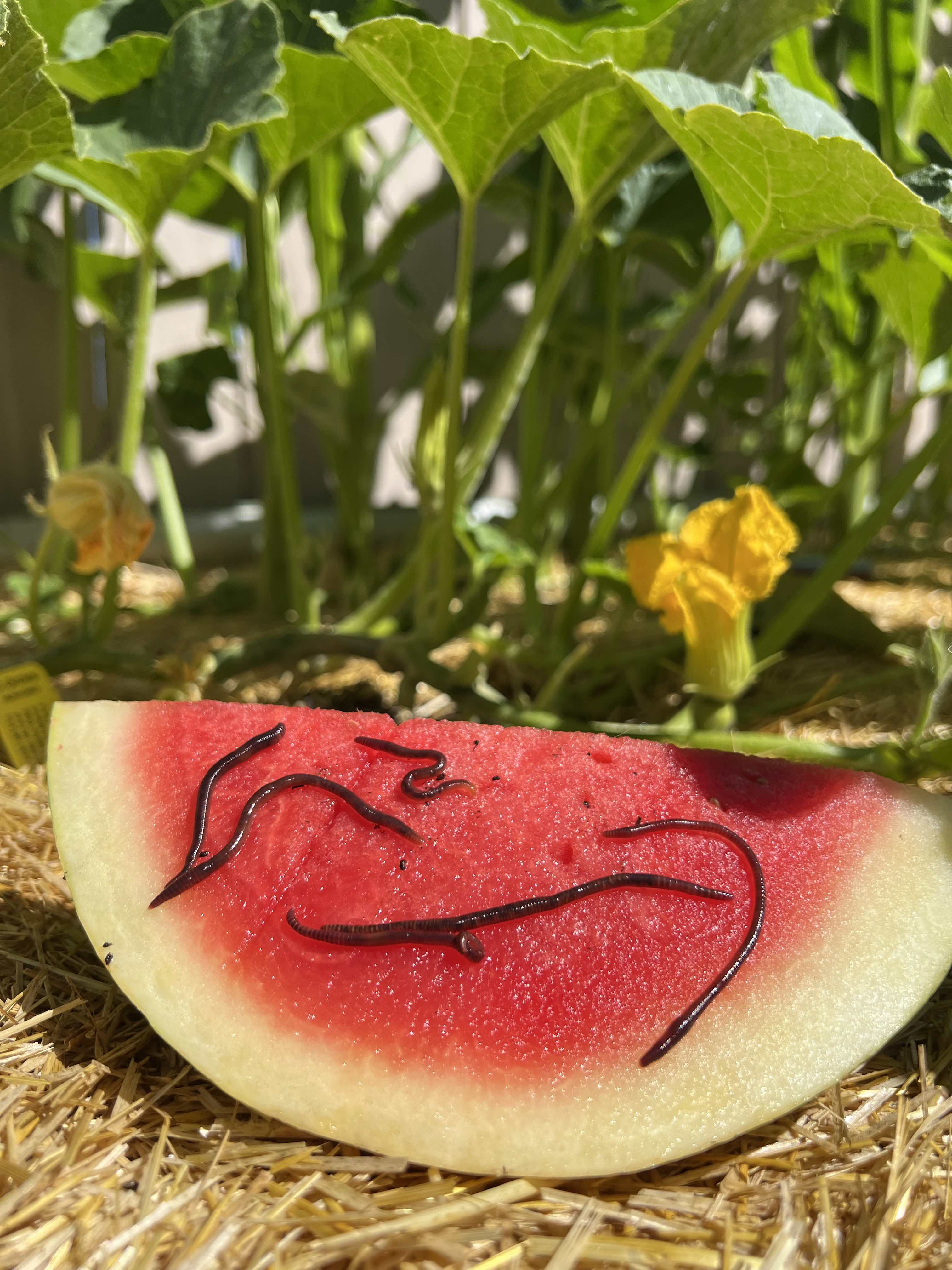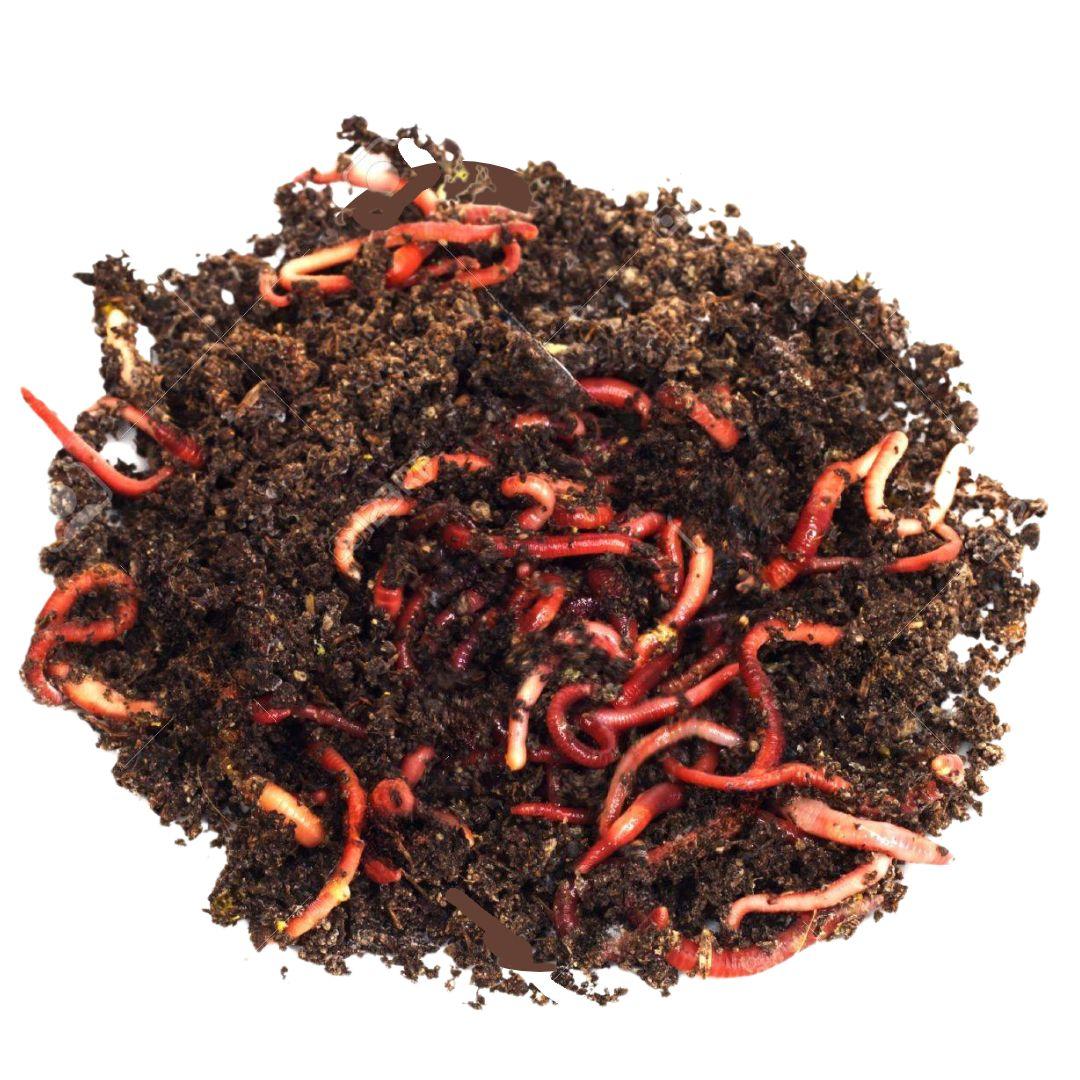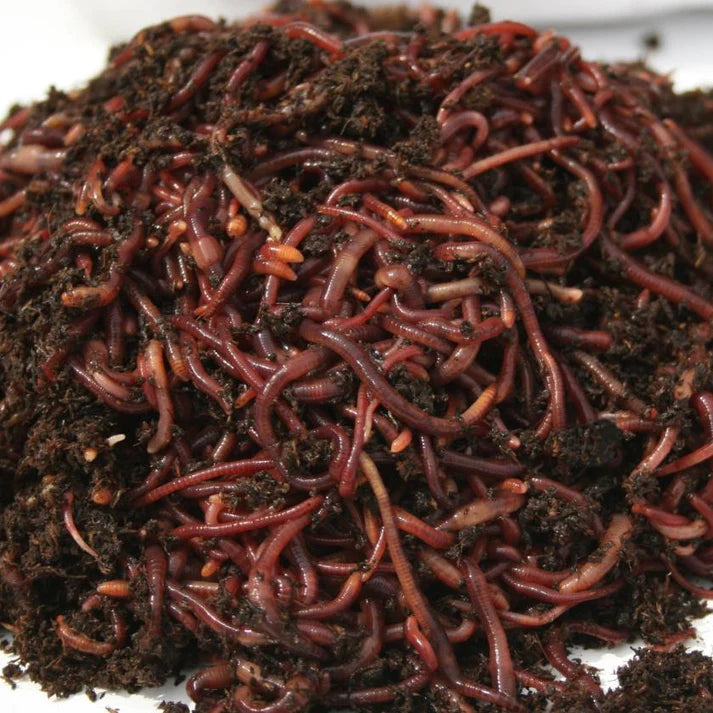Red Wiggler Express - The Facts
Wiki Article
Some Known Facts About Red Wiggler Express.
Table of ContentsThe smart Trick of Red Wiggler Express That Nobody is Talking AboutRumored Buzz on Red Wiggler ExpressOur Red Wiggler Express DiariesThe 30-Second Trick For Red Wiggler ExpressExamine This Report about Red Wiggler Express
It's safe to say this things would certainly have been terrific to include as a to vermicomposting systems! And the thriving Red Worm population? It just never ever took place. Also in the load that was established straight in front of backyard composters with existing Red Worm nests. These nutritionally-boosted timber chip habitats are definitely packed with Lumbricus sp.
Several varieties, including Red Wigglers, European Nightcrawlers, and Lumbricus types were brought over from the European continent. Here's the thingNative or not - and as talented as they are at being able to survive in a wide-range of environments and problems -. In other words, they are much more likely to socialize in any type of active composting systems you have established, than they are to roam off and begin spoiling the atmosphere.
Origins require oxygen for respiration and depend on smooth airflow within the soil to thrive. However, when it rainfalls, dirt can come to be saturated with water, reducing the oxygen readily available and preventing vitamins and mineral absorption - Red Wiggler Express. To maintain an optimum balance, the soil must allow water to drain pipes appropriately, leaving adequate space for air to sustain origin health
All about Red Wiggler Express

When it involves worms for composting, what enters your mind? If you were an earthworm breeder, supplier, or simple garden enthusiast, then you would certainly know that red wiggler worms are the excellent worms for vermicomposting. To learn even more regarding these earth wonders, read with several of the red worm realities below.
(https://www.zipleaf.us/Companies/Red-Wiggler-Express)But if they stretch their bodies, you'll be able to see the stripes on their skin. When raising worms such as red wiggler worms, you should be able to know how to make great use of them. When you're able to maintain and care for their environment well, and additionally feed them the appropriate sort of natural wastes, then they'll be able to produce nutrient-packed and quality-rich worm spreadings for you (additionally called worm poop or garden compost).
Red Wiggler Express Fundamentals Explained
What do worms consume? Well, these red wriggler worms can be fed with cooking area scraps and garden wastes.
This actions makes them appropriate for life in worm containers, compost heap, and various other confined spaces where organic waste is abundant. Developing an optimal setting for red wigglers needs a thoughtful method. Take into consideration the adhering to crucial elements to look after red wigglers in the house and ensure their wellness: Make use of a bedding of shredded paper or cardboard.

Red wiggler worms reproduce by laying little, lemon-shaped eggs in protective cocoons. These cocoons are usually transferred in the bed linen and hatch into child worms within a few weeks.
Red Wiggler Express Fundamentals Explained
Their adaptability and strength have made them a prominent choice for vermicomposting in different areas worldwide. Yes! They can endure from a variety of 32F to 90F. They are very versatile critters. Think about protective procedures for really extreme temperatures such as: Shielding the worm container with layers of straw or leaves.
When taking care of your red wigglers it is very important to keep in mind to: 1) K.I.S.S (Maintain it Simple) and 2) every little thing in small amounts. These policies use to feeding your compost worms, sprinkling your worm bins, and nearly whatever else involved in caring for them. Simply keep in mind - you can constantly include more food later on (yet it's difficult to eliminate feed once it's been contributed to a container!).
Due to the fact that I fed the red wigglers and compost worms too a lot, they weren't able to keep up and over time the older food went leftover and produced anaerobic problems that eliminated the worms. Here're the 6 golden policies for just how commonly and how much to feed your worms: Rule # 1: Moderation!
Red Wiggler Express Fundamentals Explained
Leftover food will certainly bring about anaerobic problems that will eliminate your online worms. It is okay to sprinkle a little of their initial bedding (which should already be in the bin) over the food, however the food must never ever be hidden and must be noticeable to your eye. Regulation # 5: See rule # 1! Rule # 6: After the first feeding, feed the worms 1/3 to 1/2 of their weight.Report this wiki page